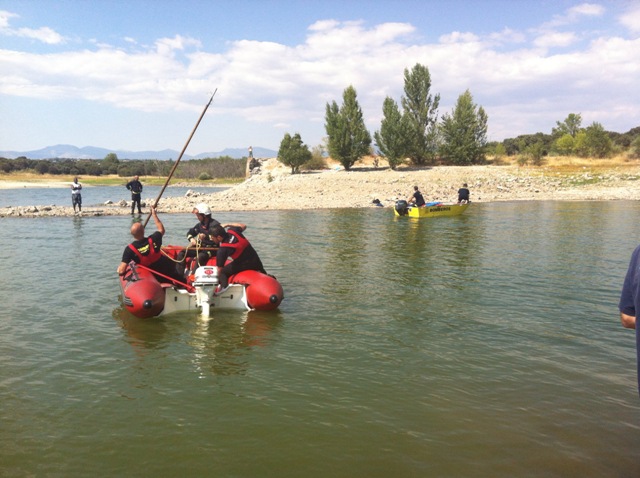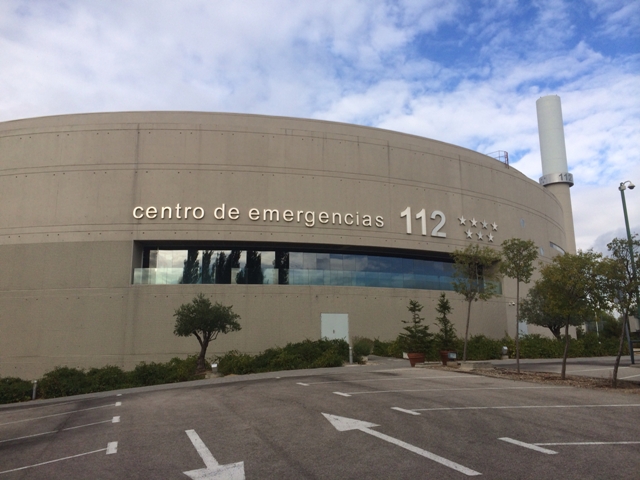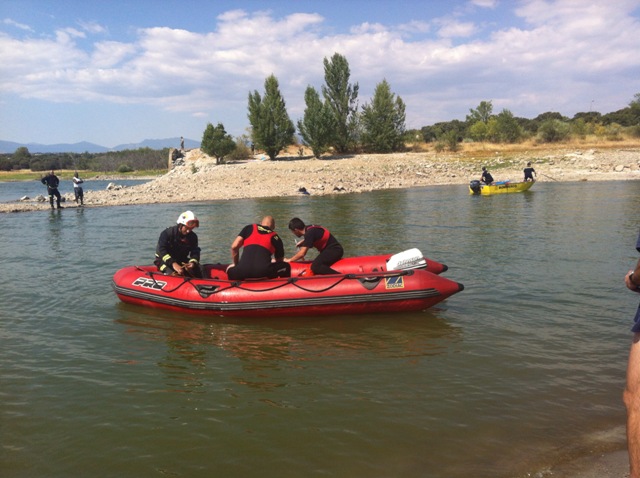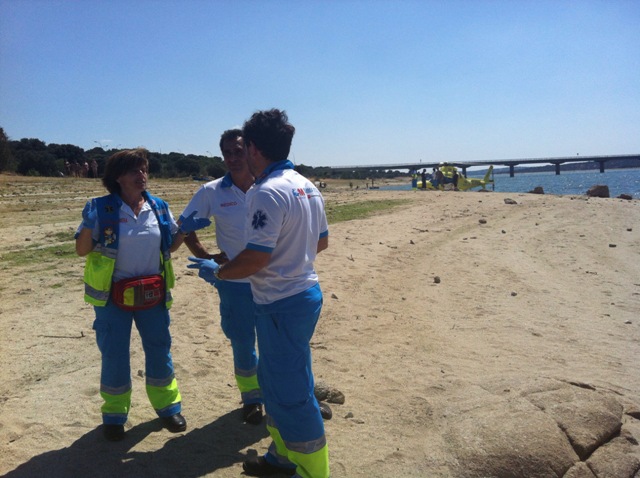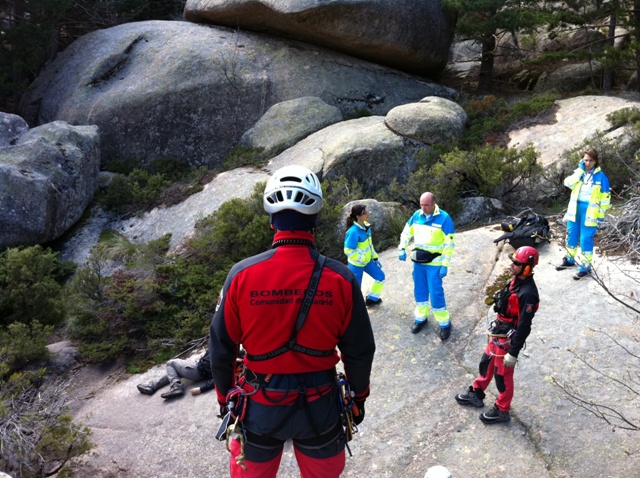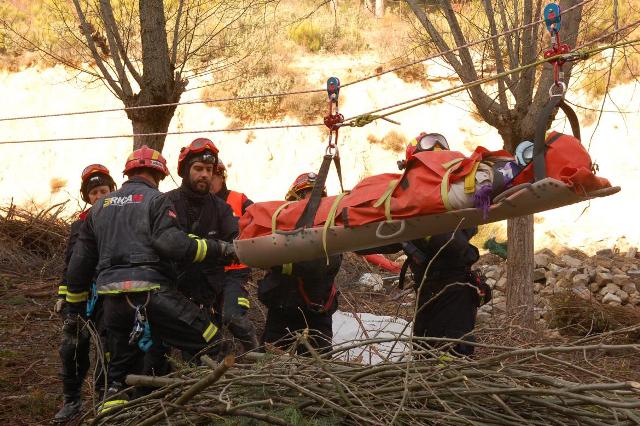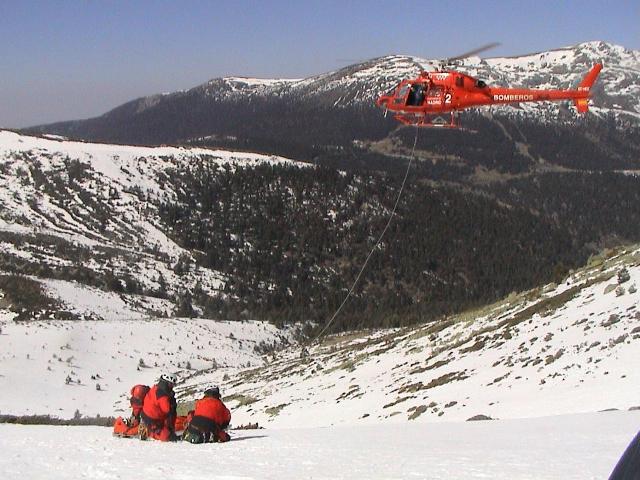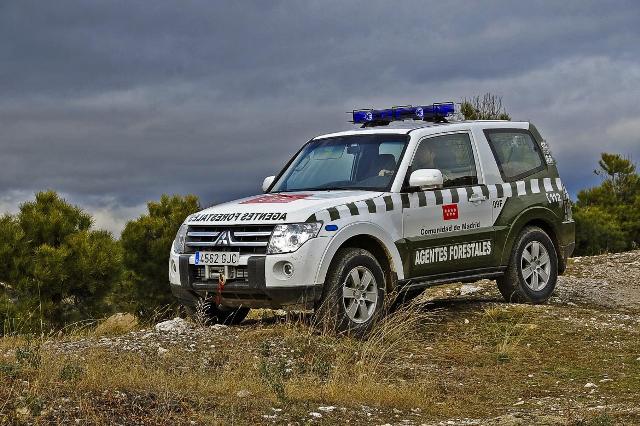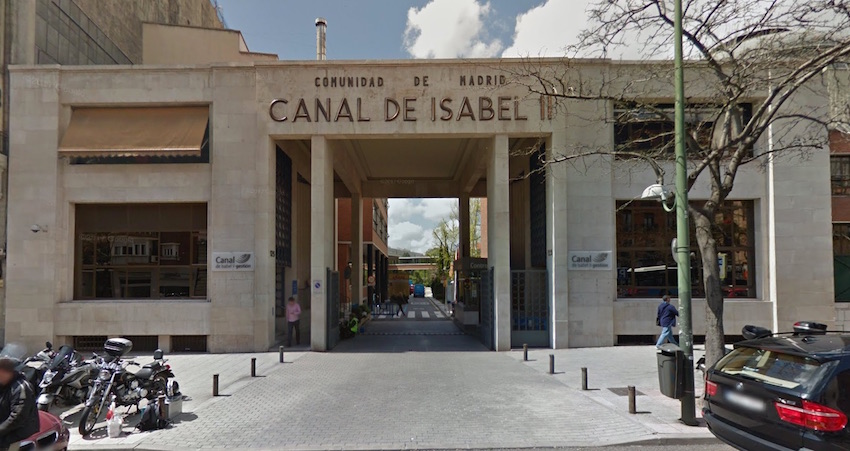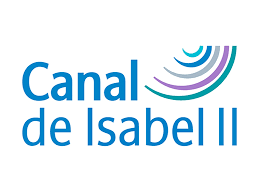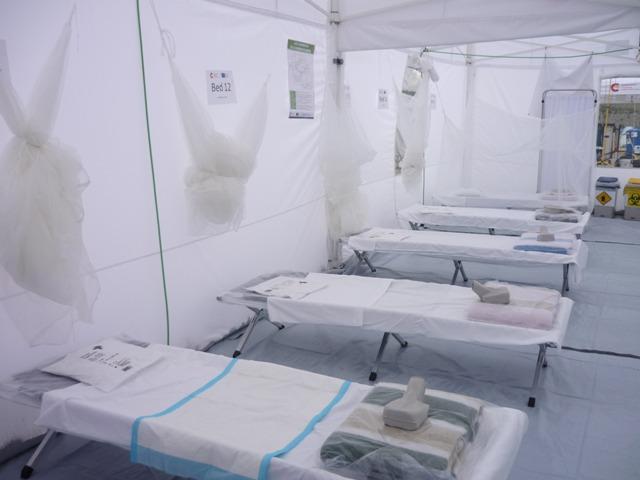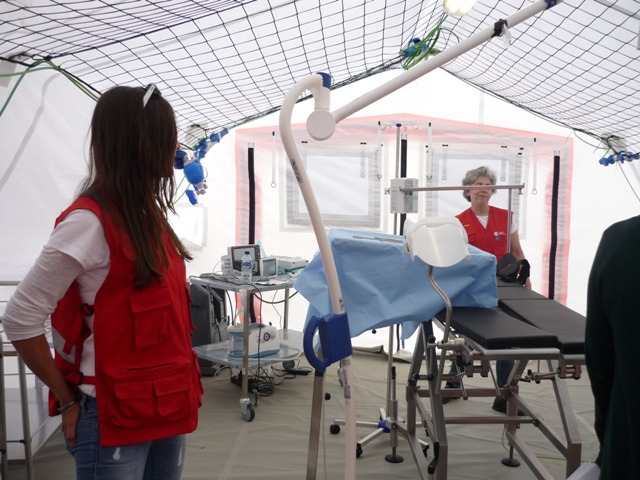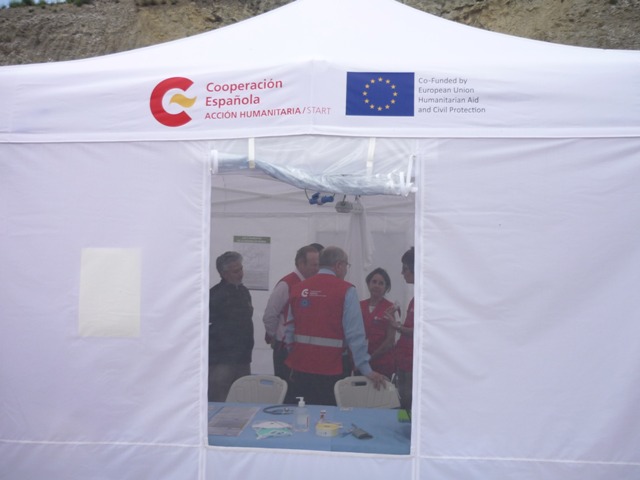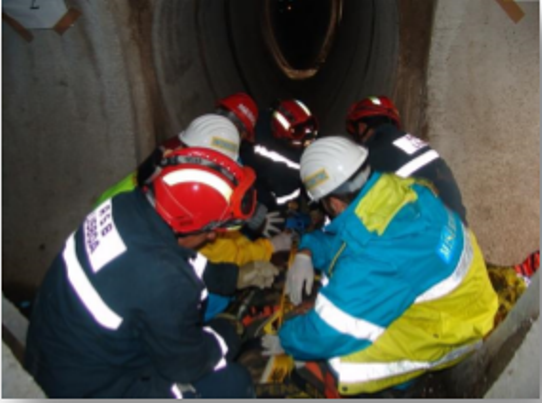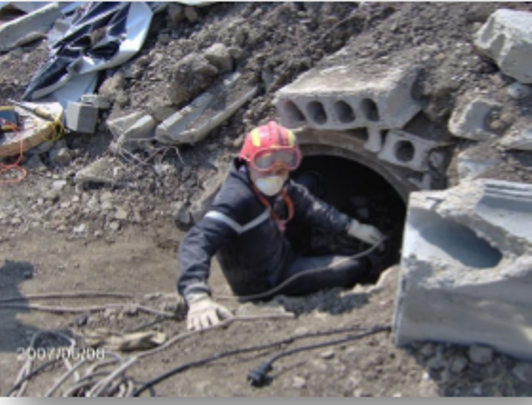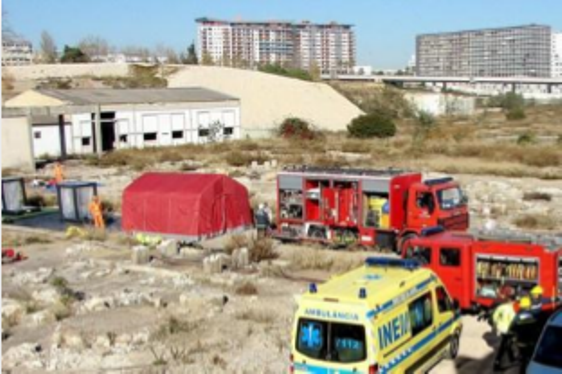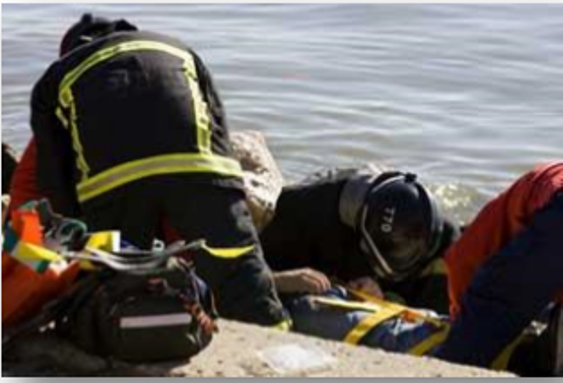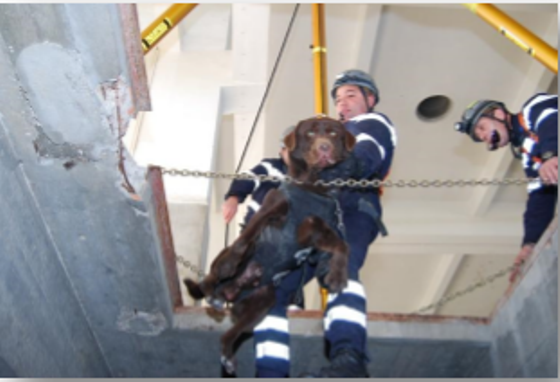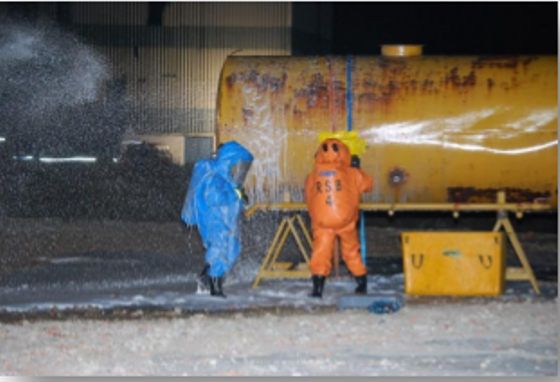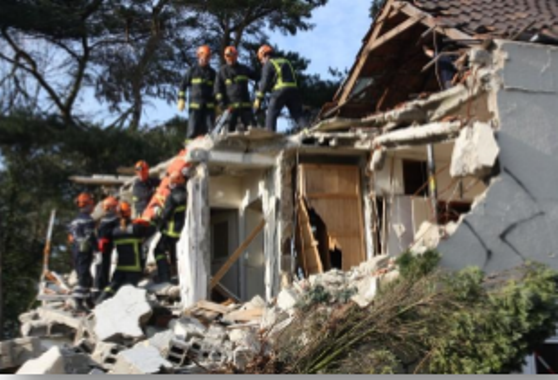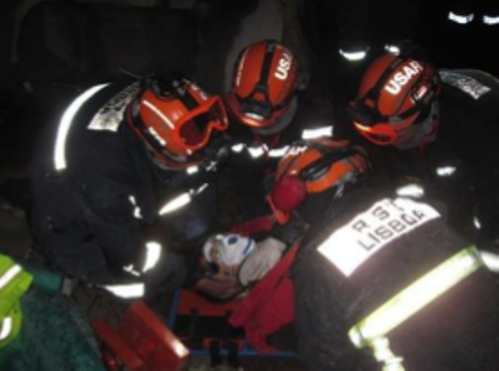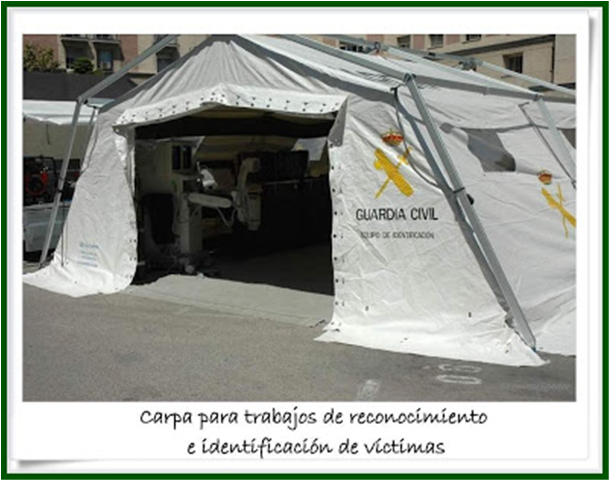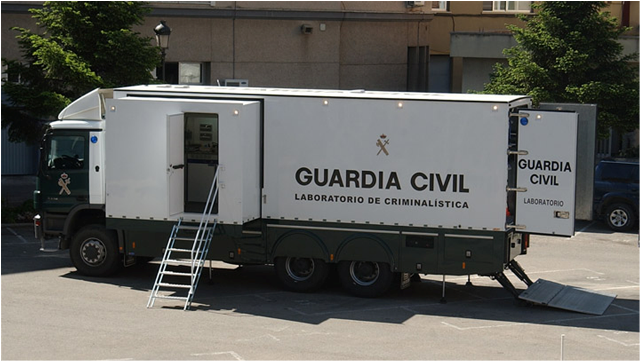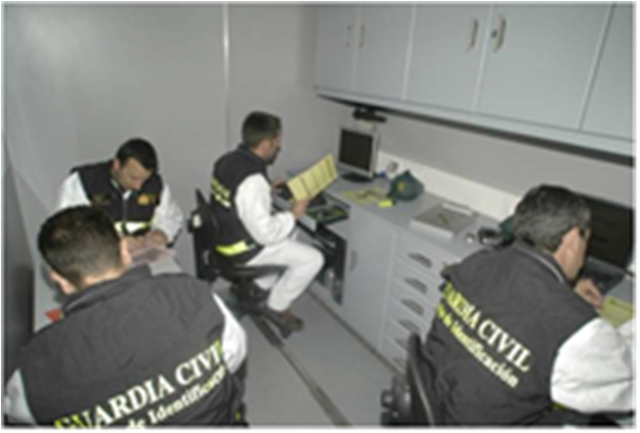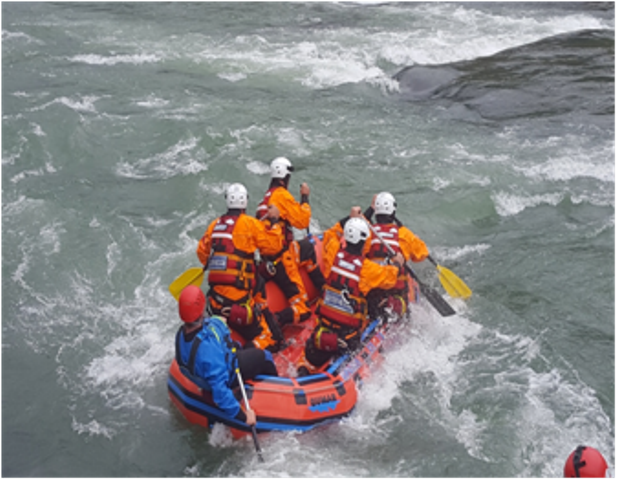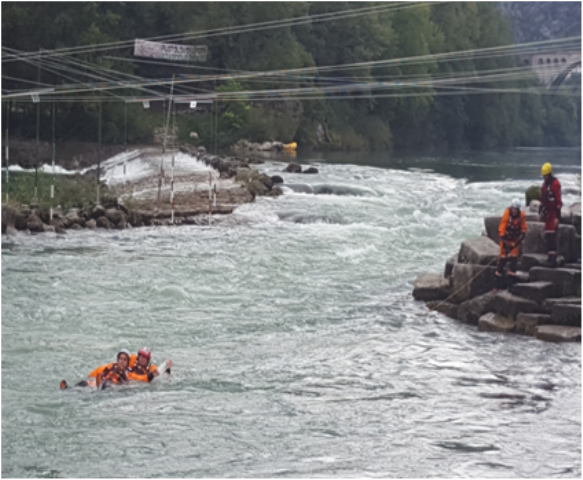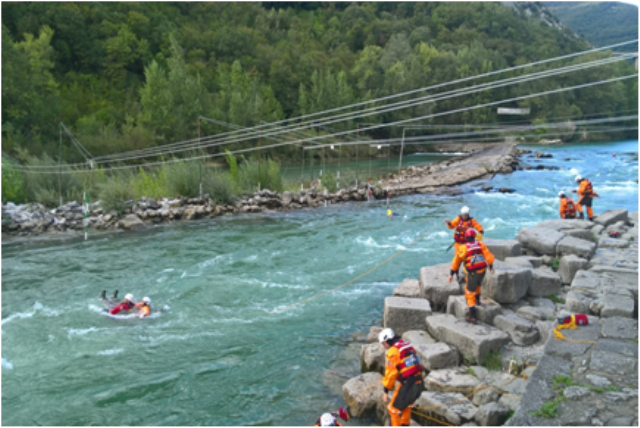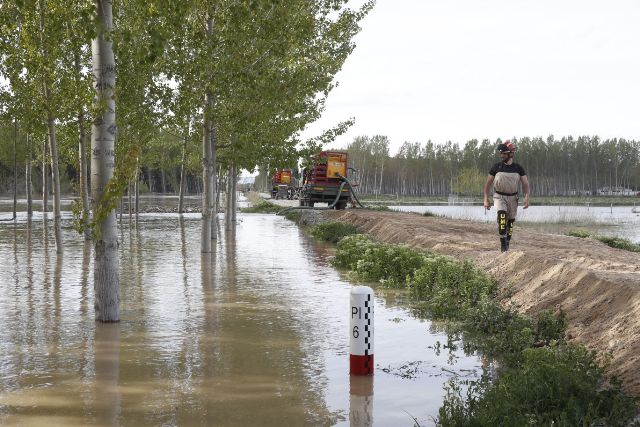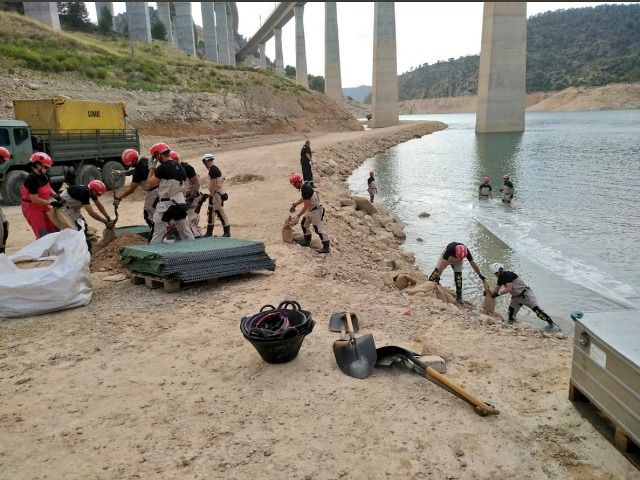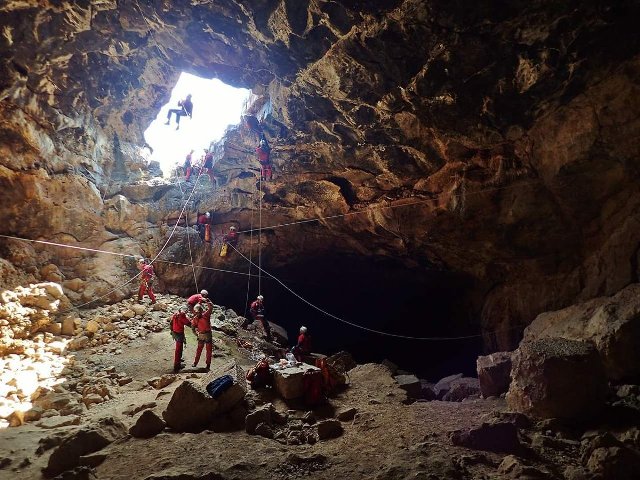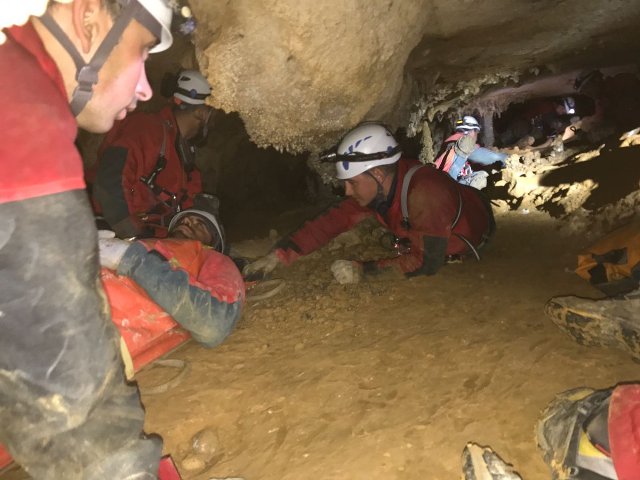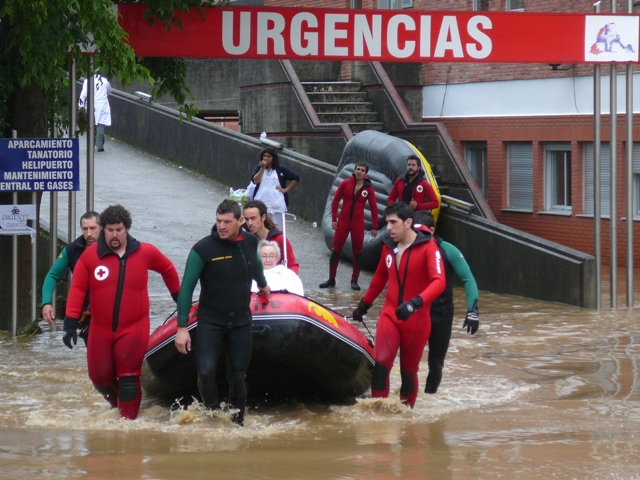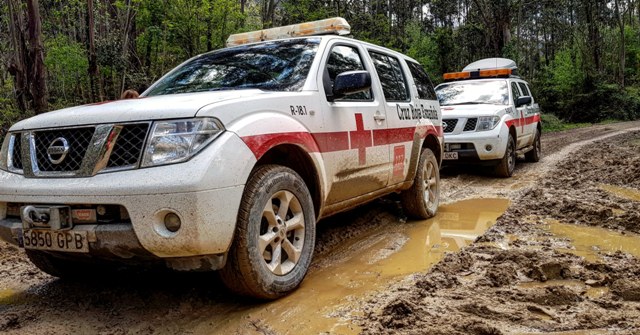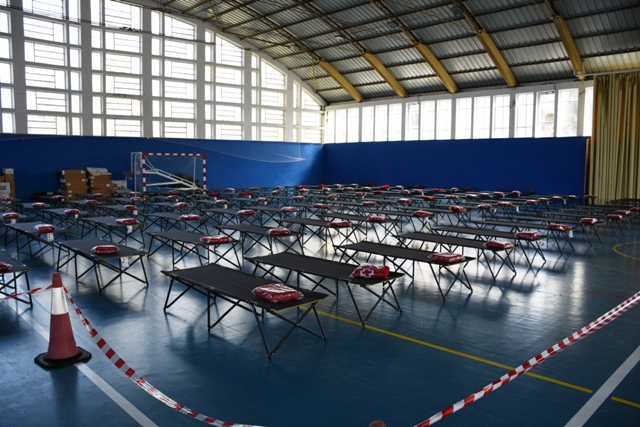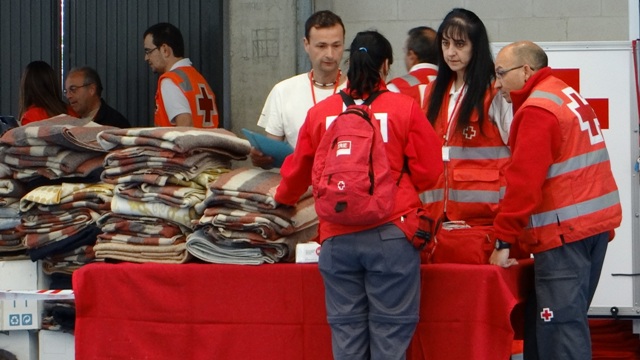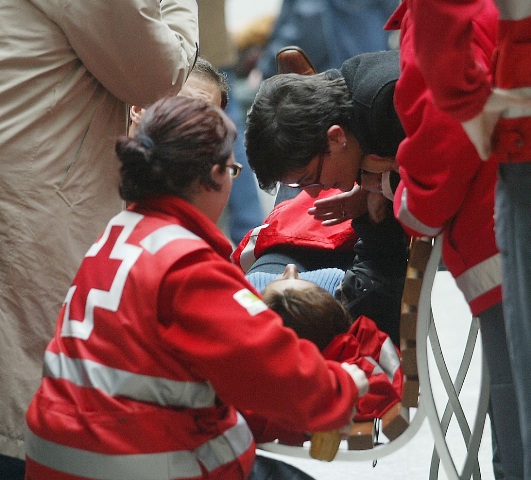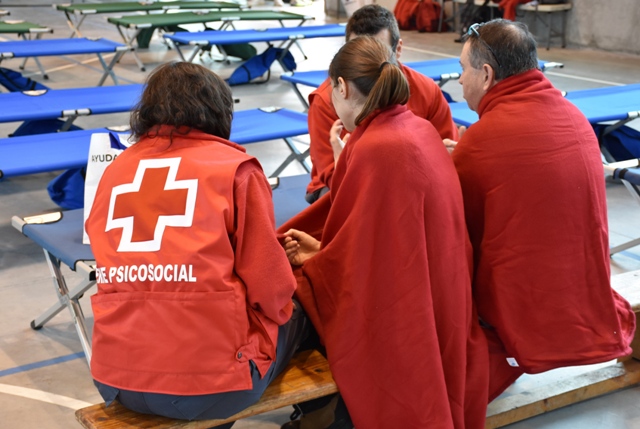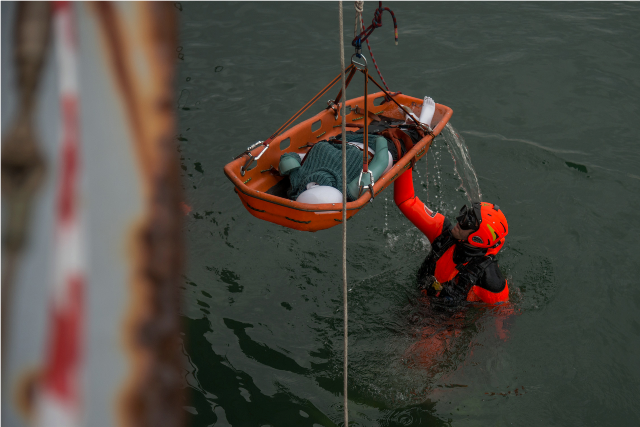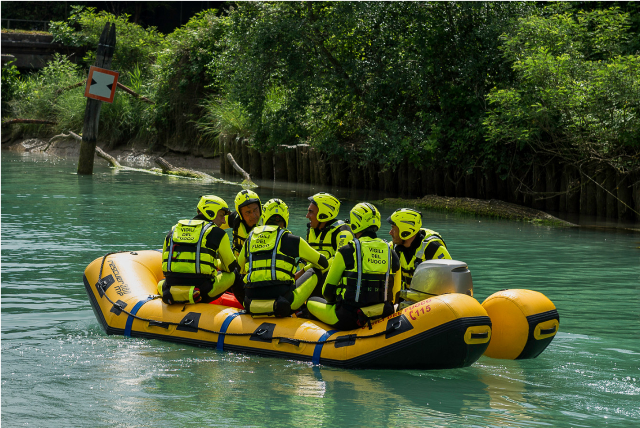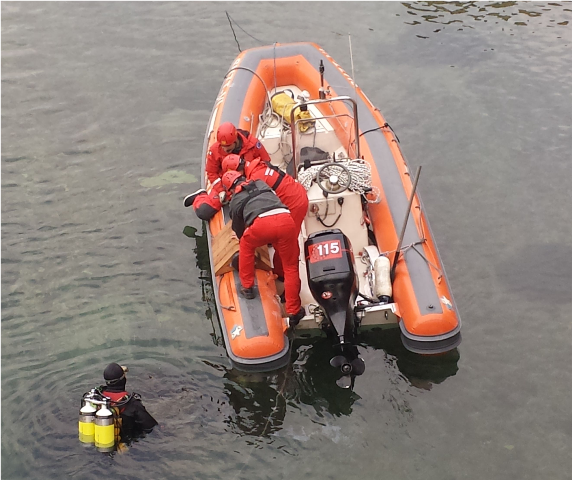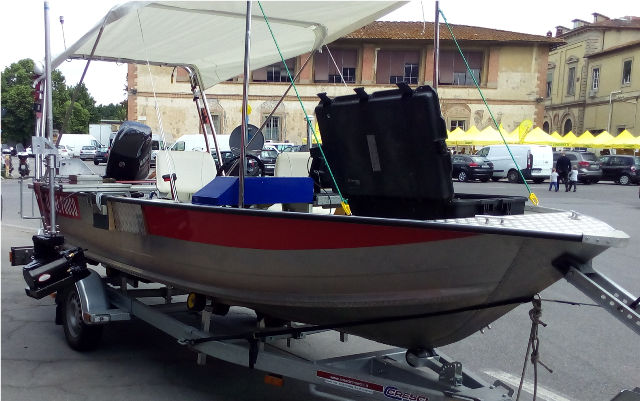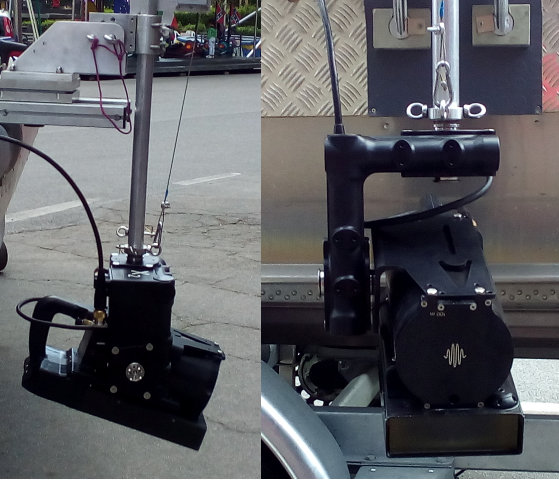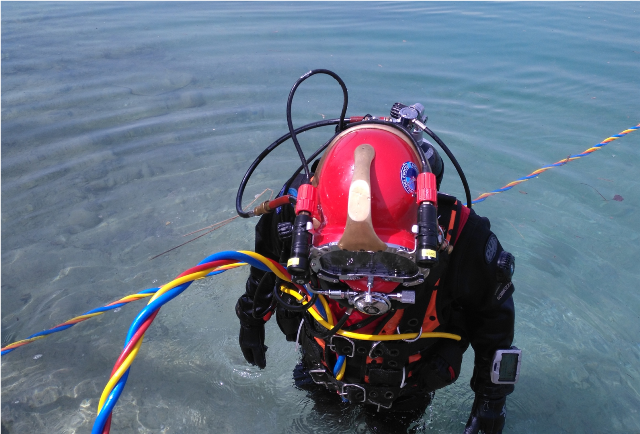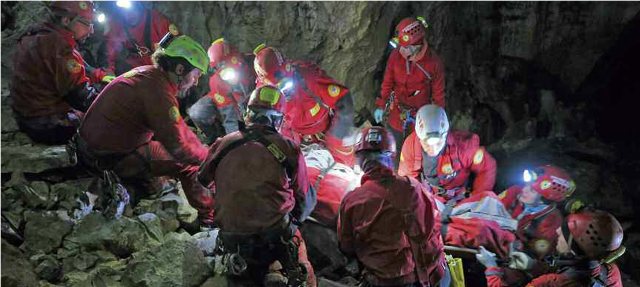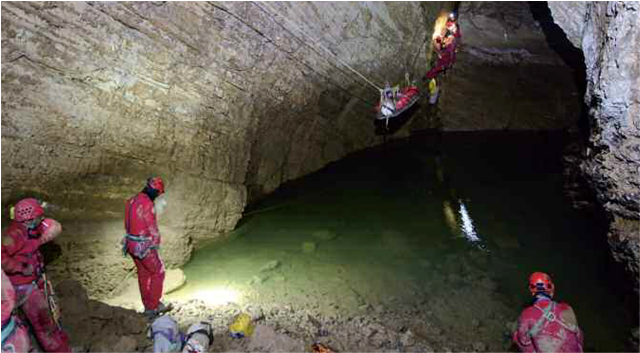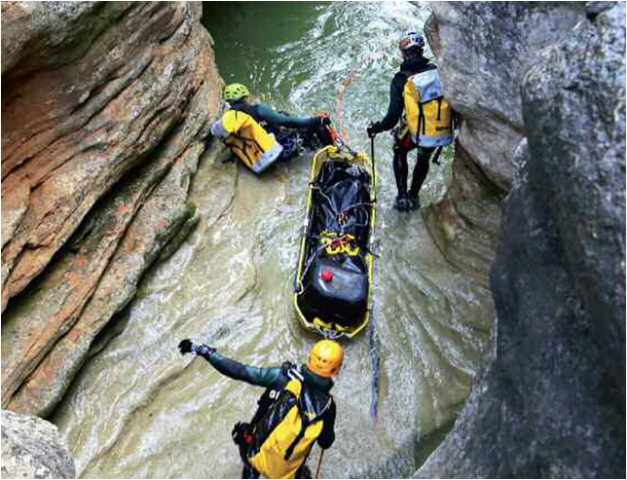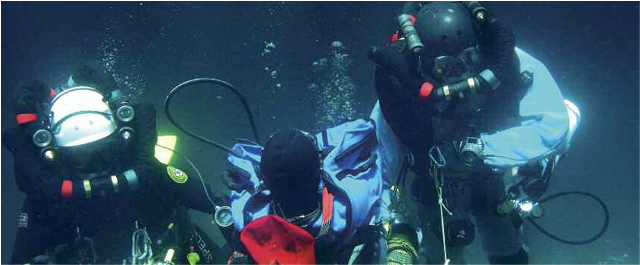Intervention Capacities
ASEM 112 (Agencia de Seguridad y Emergencias Madrid 112)
- The Madrid Community Fire Department, with 50 years of history, has 19 fire stations strategically distributed to attend emergencies that occur in any municipality in the region. The Special Mountain Rescue Group of the Community of Madrid (GERA) was created in 1998 within the Madrid Community Fire Department, to offer professional and specialized response to the demands of assistance due to accidents or missing persons in the mountains of Madrid.
- The professionals of the Emergency Medical Service, SUMMA112, are in charge of attending emergencies and extra-hospital health emergencies in the Community of Madrid. They make an average of one and a half million health care emergency responses per year.
- The Madrid Community Forest Firefighter Corps has been protecting wildlife for more than 130 years and has been legally granted the status of ‘agents of the authority’ and ‘special administrative police’. It is present throughout the territory of the Community of Madrid covered by 17 county offices.
- The Madrid Community 112 Emergency Center has just completed 20 years of operation. It manages more than 90% of emergency calls in the region, with an average of 12,500 calls daily. Madrid 112 also has a leading role in the management and communication of the various emergency plans.
Canal de Isabel II
Canal de Isabel II es la empresa pública encargada de la gestión del ciclo integral del agua en la Comunidad de Madrid. Nació hace más de 165 años para abastecer de agua a la ciudad de Madrid, y hoy en día sus más de 2.500 empleados trabajan a diario para prestar un servicio excelente a más de 6 millones de personas en la región. Es una empresa innovadora, líder en su sector y reconocida internacionalmente por su gestión del ciclo integral del agua: captación, aducción, tratamiento, distribución, saneamiento, depuración y reutilización. Opera 13 embalses; 78 captaciones de aguas subterráneas; 14 plantas de tratamiento de agua potable; 17.434 kilómetros de red de aducción y distribución; 133 estaciones de bombeo de agua potable y 131 de aguas residuales; 14.018 kilómetros de redes de alcantarillado; 63 tanques de tormenta; 157 estaciones depuradoras de aguas residuales; y 512 kilómetros de red de agua regenerada.
En el marco del ejercicio europeo EU RiwaterEX 2018, en cuyo grupo de planificación ha participado de forma activa, Canal de Isabel II será el actor principal de dos de los escenarios programados: por un lado, pondrá a prueba sus planes de emergencia ante riesgos químicos en una de sus instalaciones de tratamiento de agua, y, por otro, activará el Plan de Emergencia de la presa de Riosquillo, así como la evacuación parcial de la zona inundable. Más de un centenar de profesionales de varias direcciones de la compañía se coordinarán para participar en el ejercicio.
Resumen de escenarios:
- Evacuación parcial en zona inundable por activación de PEP: Se va a realizar el simulacro de la rotura de la presa de Riosequillo (río Lozoya), con la activación del Plan de Emergencia de la presa junto al protocolo de evacuación aguas abajo de la misma en el municipio de Buitrago de Lozoya, coordinado por Protección Civil Madrid.
- Escape químico de amoniaco en la ETAP de Torrelaguna: Activación del Plan de Emergencia Interior hasta emergencia general, y su comunicación a organismos exteriores.
START, the humanitarian response team of the Spanish Cooperation
The START (Spanish Aid Response Team) - better known as the "red vests", as this is the official clothing of the Spanish Agency for International Cooperation in the field – is made of a field hospital with surgical capacity and a team made up of more than forty professionals from the Spanish public health system plus a dozen logisticians.
The START project is part of the Emergency Medical Teams (EMT) initiative led by the World Health Organization (WHO), which aims to standardize the response to humanitarian crises by international medical teams, in order to ensure an optimum level of quality of care for affected populations.
START comprises a total of 65 people among health personnel, logistics and coordination staff. The team is prepared to treat between 150 and 200 patients per day for a maximum period of 15 days, in a center with capacity to hospitalize 20 people, equipped with an operating room and all the necessary equipment and resources -instrumental, pharmacy, water and sanitation, waste management, cooking, food, etc.- to be self-sufficient.
During the Riwaterex2018 exercise in the Community of Madrid, the hospital and the START team will be deployed at the National School of Civil Protection.
Portugal
The Regiment Fire Brigade (RSB in PT) is a municipal administration of the Lisbon City Council that guarantees the protection of people and property in the city.
It has three main organizational structures: General Staff Organs, General Support Bodies and Execution Bodies, consisting of three battalions divided into six companies, with eleven station of intervention and one company of command and services, which carry out all activities of a operational character. The RSB, in its organizational structure, also counts with a training school for the professional firefighters of Lisbon.
The 1112 Operational Framework ensures all operations in which is involved.
It is incumbent upon the RSB to carry out its activity as a special body of full-time professional firefighters: Ensure protection, command and rescue activities, namely fire-fighting, rescue of the population and shipwrecks; To collaborate in the activity of the civil protection in the scope of specific functions that are committed to him; Conduct inspections in buildings, establishments and public spaces in matters of fire safety; Support the Municipal Civil Protection Service in the preparation of safety and emergency plans for municipal buildings and equipment; Implement legal and regulatory measures for fire protection; Management and coordinate surveillance during public events in the area of protection of people and property; Ensure the management of the equipment that is attached to it; To manage training school for the professional firefighters of Lisbon, responsible for the formation in the domains of protection and relief; Exercise the other powers provided by law.
In accordance with Council Decision 2007/779/CE, Euratom of 08/11/2007, and at the invitation of the National Civil Protection Authority (ANPC), in 2009, the RSB constituted two medium modules PT/USARCBRN/01 which intervention in scenarios involving dangerous substances and the PT/MUSAR/01 that intervene in typical scenarios of urban search and rescue.
At the level of intervention and experience the modules were present in Honduras (1998), Turkey (1999), East Timor (1999), Mozambique (2000 and 2001), Algeria (2003), Iran (2003) and Morocco (2004) (2005), Luxembourg (2007), Portugal (2009 and 2010), Germany (2011) and the Netherlands (2012).
Disaster Victim Identification (DV) Team of the Civil Guard
The Civil Guard has a DVI team since 1992. It is currently a permanent member of the DVI Committee of Interpol.
The team includes staff from the Departments of Identification and Biology (ADN). Other members may be part of the team according to the complexity of the case, among others, the members of the Forensics Unit, the Technical Unit of the Judicial Police of the Civil Guard (Psychologists), the Health Unit of the Civil Guard (Physician, Radiologist, etc.), Legal Medicine of the University of Granada (Dentists) and the Central Hospital of the Defense-Gómez Ulla (Dentists).
They have intervened in numerous missions, for instance:
- Afghanistan 2005: Accident of a military helicopter, 17 bodies were identified in situ, 12 of them were charred (fingerprint and dental methods).
- Haiti 2010: Accident of a helicopter of the Spanish Navy, 4 bodies were identified in situ (fingerprint and dental methods).
- Madrid / Barajas Airport 2008: Air crash of a passenger plane of the Spanair company, 154 bodies were identified, 81 of them carbonized and 12 in the degree of large burned / partial char
- Albacete 2015: 11 deceased due to the accident of the F16 at the Air Base.
The team currently has a Mobile Laboratory of Forenscis to transport technical material and to perform its tasks "in situ". The laboratory is placed on a truck, where there are all kinds of methods of identification (Fingerprint, Dental, Radiology …), except the Biological method. The refreshed shops allow to establish / simulate an área of Identification / autopsy
Romanian J.E.R.U. Team
Composition:
9 operational members and 2 logisticians (drivers).
Training:
under the DPPI SEE (Disaster Preparedness and Prevention Initiative for South Eastern Europe) JERU project from 3 to 8 September 2017 in Solkan near Nova Gorica, Slovenia.Tasks:
- flood responses operations;
- operations with boats;
- operations in SWIFT water;
- rope rescue techniques.
Unidad Militar de Emergencias
Unidad Militar de Emergencias (UME) takes part in RIWATEREX Exercise as a component of the Spanish National Civil Protection System. It provides both specialist emergency response teams for field activities and experts in support for Exercise management and coordination.
In this exercise a Cave Search and Rescue (CAVESAR) Module will be deployed, with 48 personnel belonging to the V Emergency Intervention Battalion (BIEM V). Their mission is to participate in technical search and rescue operations in caves under all possible conditions (except sub-aquatic activities).
This CAVESAR Module is expected to pass the European Union Civil Protection Mechanism (UCPM) certification process, thus becoming the third module of the seven that Spain has pledged to the Mechanism’s Voluntary Pool (VP). This module specializes in wall bolting systems, rappel techniques, advanced extraction procedures, and laying of zip lines.
Once certified, this Spanish CAVESAR Team will be ready to be deployed as a UCPM team to support emergency relief activities in countries that request it.
In addition, UME will deploy a Remotely Piloted Aircraft System (RPAS) team, with 6 staff from the Communications Battalion. Also, 6 people with two boats from BIEM I will support the Romanian team taking part in the exercise.
Last, 4 UME experts will participate in the Exercise Control activities: two of them in EXCON, one as part of the Exercise evaluation team, and one at the Joint Emergency Coordination Centre that will be set up at the Madrid Region Agency for Security and Emergencies, as would be the case in a real situation.
All in all, 64 staff from UME will take part in the Exercise execution phase, in whose planning phase there was also an active participation from this Unit.
Cruz Roja Española
Spanish Red Cross participates in the RIWATEREX Exercise, being present with a representative in the State Coordination Committee as well as in the control body of the EXCON Exercise.
As a participant and within the framework of the Territorial Plan of Emergency and Special Flood, in the field of civil protection, ownership of the Autonomous Community of Madrid, participates in the following scenarios:
Support the Community Fire GERA on the search and rescue activities, with an ERIE (Domestic Immediate Emergency Response Team) Team specialized in search and rescue on land, in a wall rescue maneuver with 12 Volunteers.
Support in the temporary shelter and distribution of food, hygiene items and shelter tasks, for 100 affected, with several specialized ERIE Teams; temporary shelter / psychosocial support / health / IT & communications / childhood and logistics in emergencies with 33 volunteers, health support is implemented through the presence of SVB (Basic Vital Support) and SVA (Advanced Vital Support) ambulance vehicles.
Support to Community Firemen in an aquatic rescue maneuver providing logistical support with an ERIE Team specialized in logistics with 4 Volunteers.
Italian Team
Mission Coordination - Department of Civil Protection (2)
Water Rescue Team - National Fire and Rescue Service (9)
Cave Rescue Team - Alpine and Speleological Rescue (10)
Water Rescue Team
Who: 1 Team Leader, 1 Deputy Team Leader and 7 Water Rescue/Divers
Vehicles: 1 Pick up, 1 (4Wheel Drive) Van and 1 Transport Van
Boats: 1 Water Rescue Inflatable Boat (medium size), 1 Water Rescue Inflatable Boat (small size) and 1 Aluminium Support boat
Cave Rescue Team
Who: 1 Team Leader, 3 rigger team, 5 litter team (1 paramedic) and 1 medical doctor
Vehicles: 3 (4 Wheel Drive) Van
Other capabilities available: operation in canyon and gorge and cave scuba diving also in deep water (40-100 m.)



